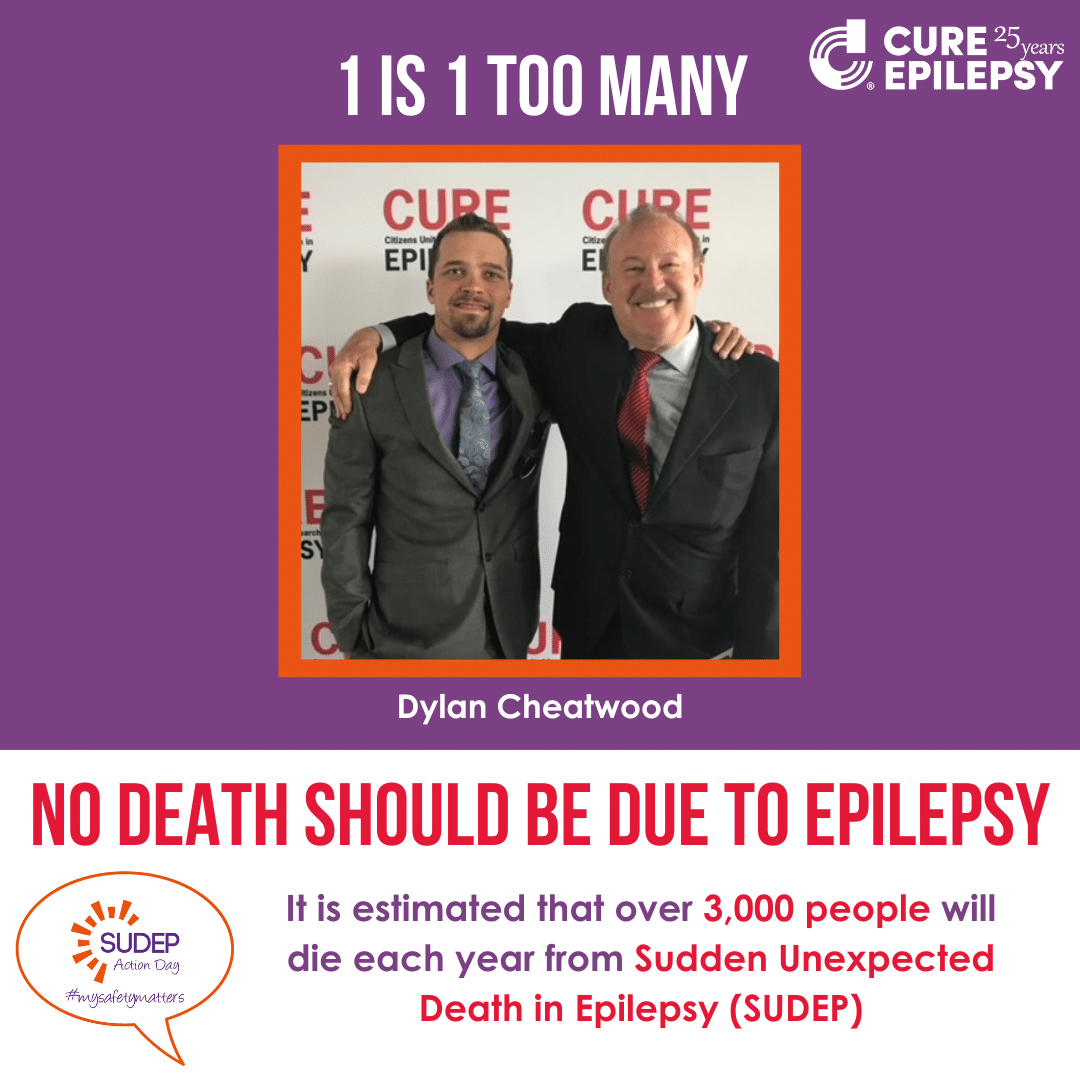Progressive Cardiorespiratory Dysfunction in Kv1.1 Knockout Mice May Provide Temporal Biomarkers of Pending Sudden Unexpected Death in Epilepsy (SUDEP): The Contribution of Orexin
February 19, 2020
Featuring the work of CURE Grantee Kristina Simeone, which was supported by the generosity of the Benninghoven Family in honor of Cameron Benninghoven
Abstract
Objective: Immediately preceding sudden unexpected death in epilepsy (SUDEP), patients experienced a final generalized tonic-clonic seizure (GTCS), rapid ventilation, apnea, bradycardia, terminal apnea, and asystole. Whether a progressive pathophysiology develops and increases risk of SUDEP remains unknown. Here, the research team determined (a) heart rate, respiratory rate, and blood oxygen saturation (SaO2) in low-risk and high-risk knockout (KO) mice; and (b) whether blocking receptors for orexin, a cardiorespiratory neuromodulator, influences cardiorespiratory function mice or longevity in high-risk KO mice.
Methods: Heart rate and SaO2 were determined noninvasively with ECGenie and pulse oximetry. Respiration was determined with noninvasive airway mechanics technology. The role of orexin was determined within subject following acute treatment with a dual orexin receptor antagonist (DORA, 100 mg/kg). The number of orexin neurons in the lateral hypothalamus was determined with immunohistochemistry.
Results: Intermittent bradycardia was more prevalent in high-risk KO mice, an effect that may be the result of increased parasympathetic drive. High-risk KO mice had more orexin neurons in the lateral hypothalamus. Blocking of orexin receptors differentially influenced heart rate in KO, but not wild-type (WT) mice. When DORA administration increased heart rate, it also decreased heart rate variability, breathing frequency, and/or hypopnea-apnea. Blocking orexin receptors prevented the methacholine (MCh)-induced increase in breathing frequency in KO mice and reduced MCh-induced seizures, via a direct or indirect mechanism. DORA improved oxygen saturation in KO mice with intermittent hypoxia. Daily administration of DORA to high-risk KO mice increased longevity.
Significance: High-risk knockout mice have a unique cardiorespiratory phenotype that is characterized by progressive changes in five interdependent endpoints. Blocking of orexin receptors attenuates some of these endpoints and increases longevity, supporting the notion that windows of opportunity for intervention exist in this preclinical SUDEP model.






